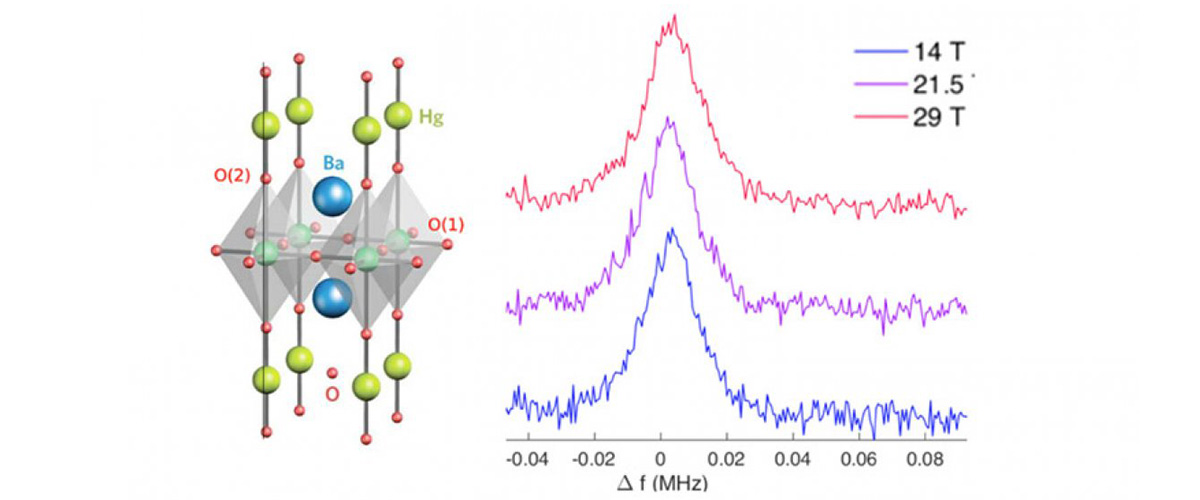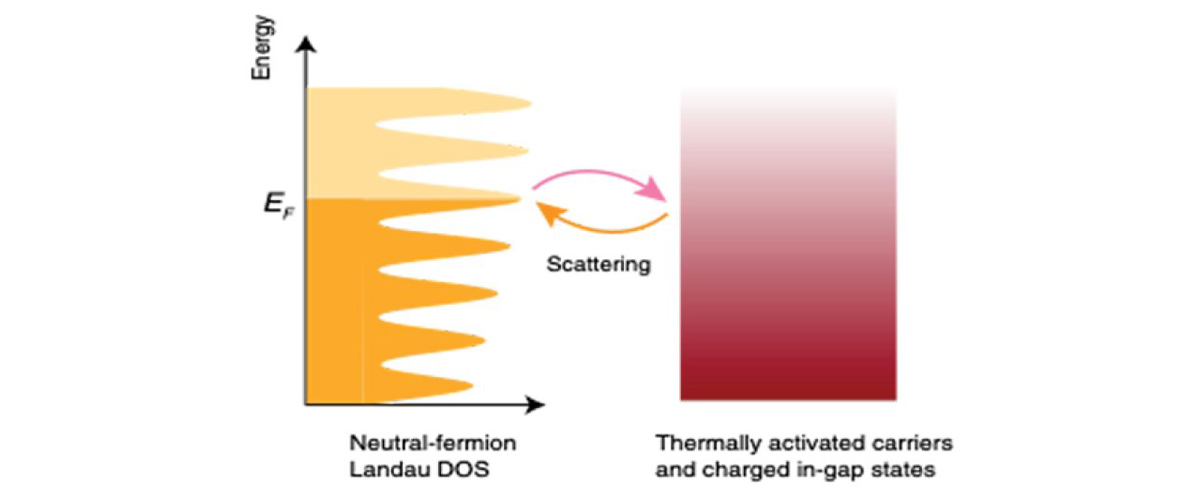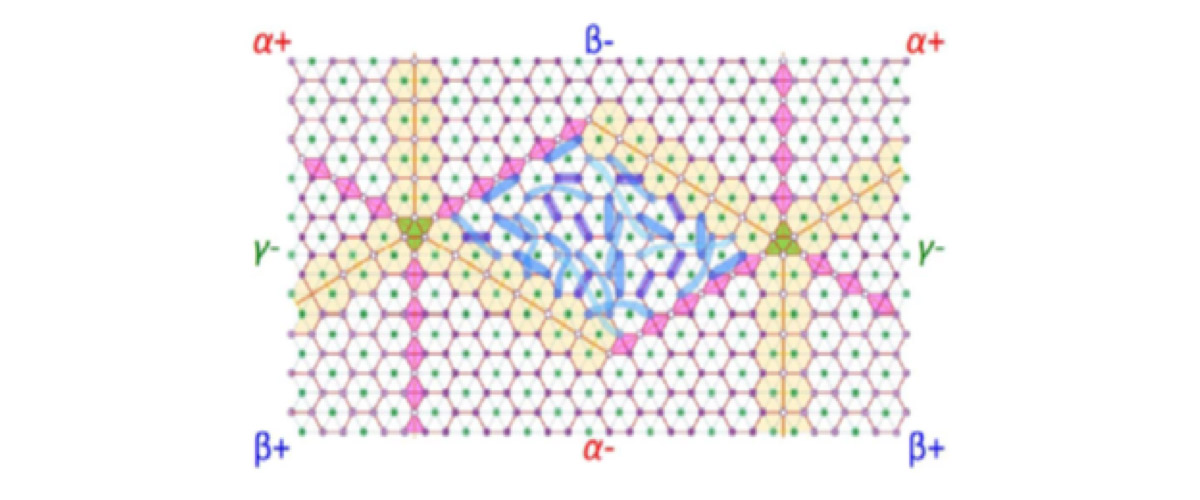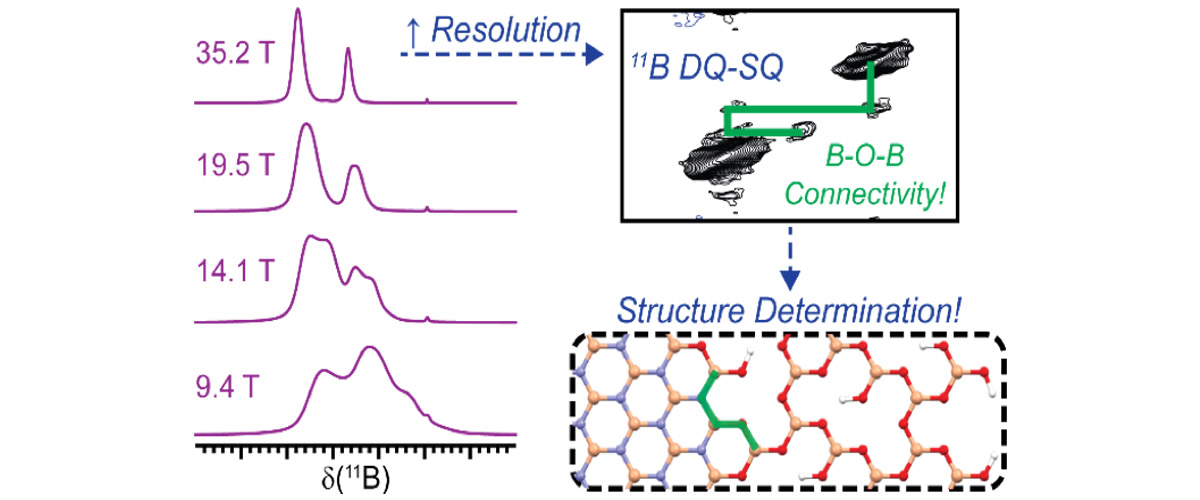What did scientists discover?
This collaboration used nuclear magnetic resonance (NMR) for the first phase coherent nuclear spin experiments in the MagLab's 32T superconducting magnet. As such, this is a seminal development for NMR technology, demonstrated in measurements of the decoherence rate T2-1 in 19T in the superconducting single crystal of HgBa2CuO4+d, the first such measurements in very high field. The field independence of the spectral width up to 29T at the O(2) oxygen site shown at right proves that the superconducting vortices are spatially disordered.
Why is this important?
Important application of phase coherent multi-pulse sequences include the detection of very slow diffusion in physical systems, such as glass forming materials, as well as in biological materials in which diffusion might play an important role in life processes. Spin coherent processes also play a key role for understanding weakly magnetic materials on the nanoscale, such as the case of superconducting vortices with an average separation of 10nm, as is achieved by applying a 32T magnetic field.
Who did the research?
Ingrid Stolt1, Yizhou Xin1, Mun Chan2, A. P. Reyes3, E. L. Green3, S. K. Ramakishna3, W.P. Halperin
1Northwestern University; 2Los Alamos National Laboratory; 3National MagLab-FSU;
Why did they need the MagLab?
The availability of a steady magnetic field in the 30T range, but not provided by pulsed, resustive or 45T hybrid magnets was critical to this state-of-the-art oxygen NMR work [1] on spin coherence. Such a tool is available at the MagLab with the new 32T all-superconducting magnet.
Details for scientists
- View or download the expert-level Science Highlight, Spin Coherence in the vortex core of HgBa2CuO4+d as measured in the MagLab's 32T Superconducting Magnet
Funding
This research was funded by the following grants: G.S. Boebinger (NSF DMR-1644779); W.P. Halperin (DOE DE-FG02-05ER46248)
For more information, please contact Tim Murphy.






